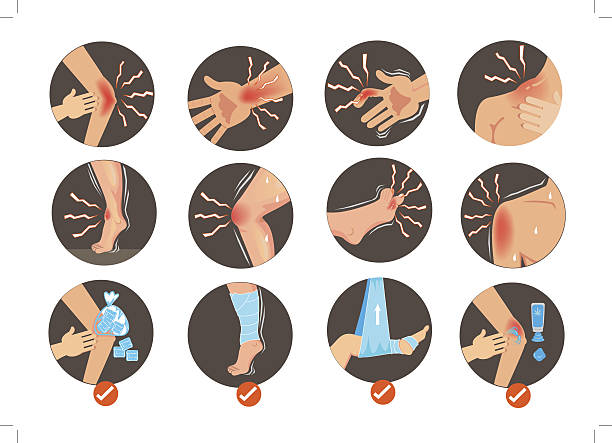Sports injuries are an unfortunate reality for athletes at all levels of competition. Whether you're a professional athlete or a weekend warrior, the risk of injury is inherent in physical activity. However, the road to recovery doesn't have to be daunting. Physical therapy emerges as a vital component in not only rehabilitating sports injuries but also preventing future occurrences.
Let's delve into the myriad benefits that physical therapy offers in the treatment of sports injuries.
1. Tailored Treatment Plans:
One of the primary advantages of physical therapy for sports injury treatment is its personalized approach. Physical therapists assess each individual's injury, considering factors such as its severity, the athlete's fitness level, and their specific sport or activity. This tailored approach ensures that the treatment plan addresses the unique needs of the athlete, optimizing recovery outcomes.
2. Pain Management:
Dealing with pain is a significant challenge in sports injury rehabilitation. Physical therapists employ various techniques, including manual therapy, therapeutic exercises, and modalities like ultrasound or electrical stimulation, to alleviate pain and discomfort. By targeting the source of pain and promoting healing, physical therapy helps athletes manage their symptoms effectively.
3. Restoring Mobility and Function:
Injuries often impair an athlete's mobility and functional abilities. Physical therapy aims to restore these essential aspects by focusing on flexibility, strength, balance, and coordination. Through targeted exercises and hands-on interventions, therapists work to regain range of motion, improve muscle strength, and enhance overall functional capacity, enabling athletes to return to their sport safely and confidently.
4. Injury Prevention:
Beyond rehabilitation, physical therapy plays a crucial role in injury prevention. By identifying biomechanical imbalances, weaknesses, and areas of vulnerability, therapists develop customized exercise regimens and corrective strategies to mitigate the risk of future injuries. Through education on proper form, technique, and training principles, athletes learn to adopt healthier movement patterns and reduce the likelihood of recurrent injuries.
5. Psychological Support:
Sports injuries can take a toll not only on the body but also on the mind. The psychological impact of being sidelined from one's sport can be significant, leading to frustration, anxiety, and even depression. Physical therapists provide invaluable support, offering encouragement, motivation, and a positive outlook throughout the recovery process. By addressing both the physical and emotional aspects of injury, therapy fosters resilience and facilitates a smoother return to sport.
6. Holistic Approach to Wellness:
Physical therapy embraces a holistic approach to wellness, recognizing the interconnectedness of the body, mind, and spirit. Therapists consider various factors influencing an athlete's health, including nutrition, sleep, stress management, and lifestyle habits. By promoting overall well-being, physical therapy not only accelerates recovery from injury but also enhances athletic performance and longevity in the long run.
Conclusion:
The benefits of physical therapy for sports injury treatment are undeniable. From personalized treatment plans to comprehensive rehabilitation strategies, therapy empowers athletes to overcome adversity, regain function, and excel in their sport. By integrating physical therapy into their recovery journey, athletes can optimize their potential, minimize the risk of reinjury, and enjoy a fulfilling and active lifestyle for years to come.






Comments